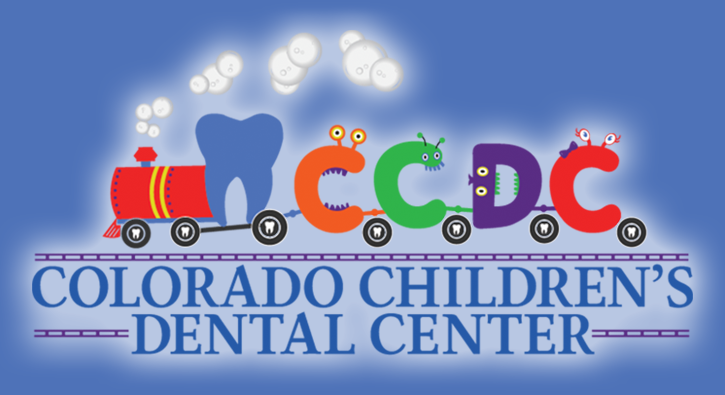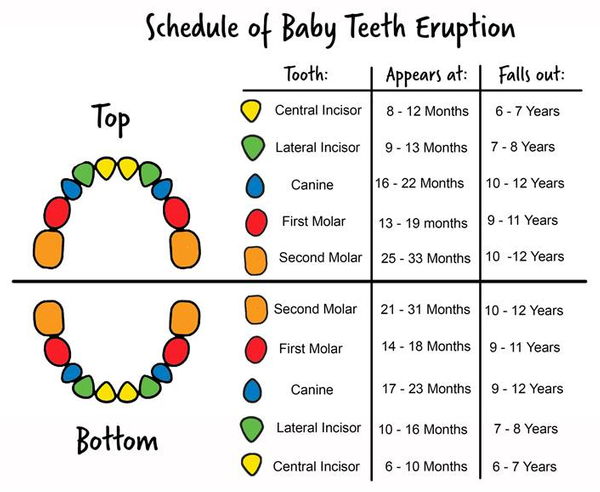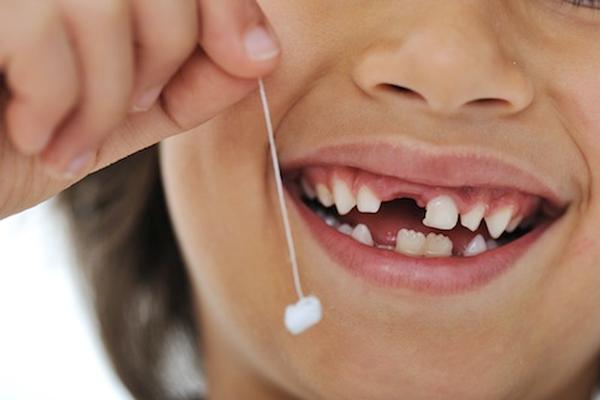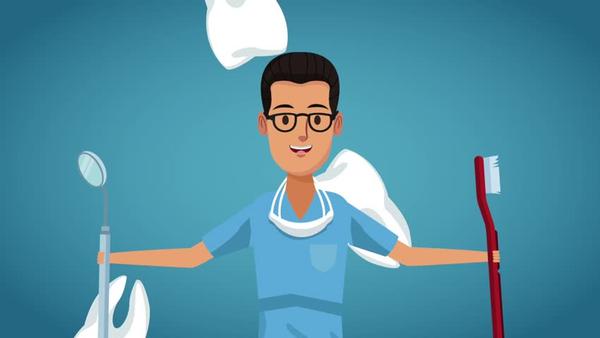The CCDC Blog
Tooth Eruption Sequence
By Brianne Jones, RDH
Eruption Sequence of Baby Teeth
Many parents are curious about the eruption sequence of baby teeth. Just as eruption of the baby teeth follow a pattern, the secondary teeth usually do as well. The exact order and timing can vary from child to child, but this chart can help predict an approximate time frame and pattern of eruption. If you have further questions or concerns, please contact your pediatric dentist; as they can help address those concerns.
Eating Disorders and Oral Health
By Brianne Jones, RDH
How Eating Disorders Wreak Havoc on Teeth and Gums
Anorexia, Binge Eating, and Bulimia are all eating disorders that can take a serious toll on a person's health. They raise the risk of heart failure, cause malnutrition, block the intestines from normal function, trigger seizures, lower the thyroid and sex hormones, lead to kidney failure, and more.
More than 10 million Americans struggle with an eating disorder. Most sufferers are between the ages of 12 and 25 and the symptoms are alarming.
They also prompt a multitude of dental problems.
According to the National Eating
Disorders Association, here’s what eating disorders do to your teeth and gums:
- Gums may bleed easily and salivary glands may become inflamed, causing chronic dry mouth.
- Lack of nutrients promote tooth decay, gum disease, mouth sores, bad breath, and dry mouth.
- Purging washes tooth enamel with stomach acid, causing teeth to become weak and brittle, and change color.
- The temporomandibular joint is the joint that connects the lower jaw to the skull. Eating disorders raise the risk of degenerative arthritis in the joint, causing jaw pain, chronic headaches, problems chewing, and difficulties opening and closing the mouth.
- Binging and purging can cause salivary glands to enlarge and become painful.
Eating disorders are nothing to smile about. In some cases they can be life threatening. Research shows anorexia has the highest death rate of any psychiatric disorder.
If you suspect your teen struggles with an eating disorder, seek help from your pediatrician or family doctor right away. Discuss treatment options and ask for referrals to healthcare providers such as dietitians, nutritionists, therapists, psychologists, dentists and psychiatrists. Seek out a support group and talk to your child’s school counselor.
Â
To Pull or Not To Pull?!
By Brianne Jones, RDH
Should You Pull Your Child's Loose Tooth?
A loose tooth! It’s just another rite of passage in your child’s smile journey. You may be tempted to pull it out.
Here’s what you need to know before you do.
Why do teeth wiggle?
A loose baby tooth typically means a permanent tooth is right behind it. As the permanent tooth takes over the roots, it forces the baby tooth to dissolve, loosen, and finally fall out.
Your child’s tooth may also wiggle after a fall or face injury. If you suspect your child’s tooth is loose because of trauma, follow these tips and call our office.
Children generally lose their primary teeth in the same order they first erupted. Front teeth usually go first when a child reaches age 6 or 7. If the timing seems off, or your child is losing teeth out of order, talk to your pediatric dentist.
To pull or not to pull?
Many parents wonder if they should pull their child’s loose tooth. It depends on a couple of things. If your child is one of those kids who doesn’t want you anywhere near his teeth, mouth or face, leave it. The tooth will eventually fall out on its own.
On the other hand, if your child wants your help, gently touch the tooth. Don’t tug on it if it’s barely wiggles or if your child feels pain. The tooth is still rooted and not ready to be removed.
If it wiggles more than grandma’s favorite Jell-O, wrap the tooth with a tissue and squeeze. The tooth should fall out easily.
Here’s the best scenario, though, according to the American Academy of Pediatric Dentistry. Encourage your child to wiggle the tooth with his or her own fingertips or tongue until it comes out. Your child will experience less pain and bleeding. Plus, they’ll feel like a superhero, leaving you to get ready for the tooth fairy.
Most Common Areas For Cavities
By Brianne Jones, RDH - May 26, 2020
Common Places For Decay
It's extremely helpful to know where you're most likely to get cavities  - so you can target where you brush and floss.  Here is a list of the places you're most likely to get a cavity.
In the Grooves
On the chewing surface of your back teeth there are many grooves (called fissures) that run in the teeth as well as small holes or pits. Â These are common places for cavities.
In Between your Teeth
In a normal mouth, all the teeth touch each other except for the ones all the way in the back.  In the area between the teeth, it is hard to fit a toothbrush and easy for plaque to grow and create a cavity, especially if you’re not flossing daily.
At the Margins
The margins of fillings, crowns, spacers, and other dental work aren't always as smooth as we’d like it to be.  This area, between the restoration and the tooth, is an easy place for plaque to grow.
Just Above the Gumline
This is a common place for cavities, especially for people who drink lots of energy drinks and soda because the acids in these drinks can pool around the gumline and attack the teeth, creating a cavity.
Before A Dental Treatment Visit
By Brianne Jones - May 26, 2020
How should I prepare my child for their dental visit?
We recommend that parents never prepare their child for dental treatment with threats (“If you don’t behave they will pull your tooth outâ€) or scary language (“Shots,†“drills,†etc.).  This sets up a child to be fearful before they even get to the dental office. Just let them know they are going to the dentist to have their tooth cleaned or to have the sugar bugs washed away. Dr. J and the CCDC staff know how to explain things in a way that is truthful and informative yet non-threatening. Some children do benefit from clear expectations. In this case, role playing or imaginative play can be helpful. Play “Dentist†with your child. Take turns being the dentist and the patient or using a stuffed animal or doll as a patient. practice counting teeth, work on brushing sugar bugs with the toothbrush while laying down, and pretend to rinse and use the “straw†to suck up the water. Reading books about dental visits can also be helpful. Remember we want your child to love their visits and have a strong foundation for future visits!





